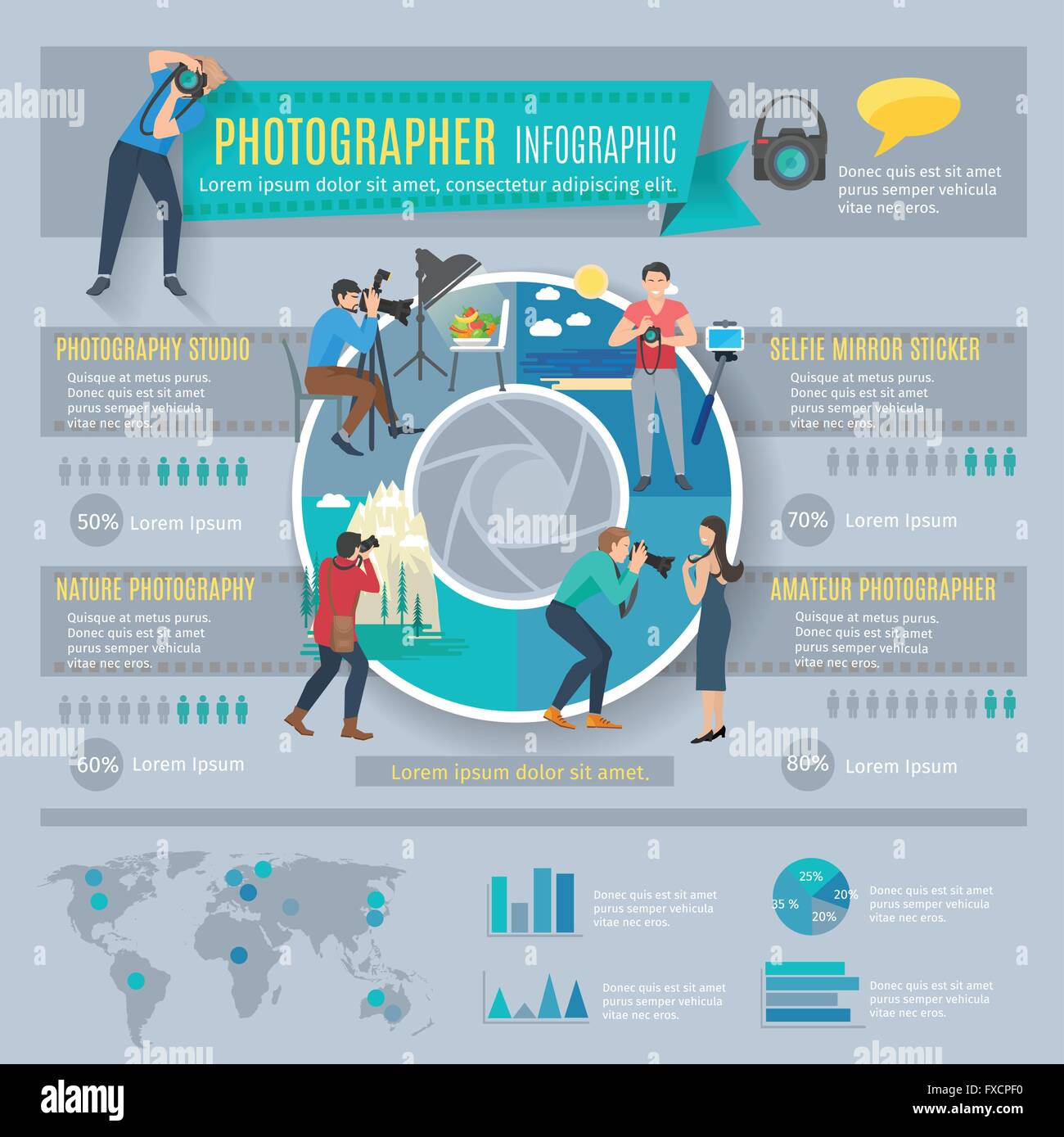Change Your Digital Photography By Mastering Lights Techniques That Can Boost Your Pictures-- Discover The Common Challenges That Could Be Holding You Back
Change Your Digital Photography By Mastering Lights Techniques That Can Boost Your Pictures-- Discover The Common Challenges That Could Be Holding You Back
Blog Article
Team Author-Beck Godwin
As a professional photographer, you know that illumination can make or break your images. Understanding the subtleties of both all-natural and fabricated light is crucial for capturing the state of mind and quality you aim for in your work. Whether you're chasing the ideal golden hour radiance or adjust your artificial setups, grasping these elements can boost your digital photography substantially. But there prevail https://blogfreely.net/margeret91krissy/necessary-digital-photography-gear-what-you-really-required-to-start that several neglect, and recognizing them can change your method to every shoot. Let's discover what you could be missing out on and exactly how it can influence your outcomes.
Understanding All-natural Light
Recognizing all-natural light is essential for any kind of photographer wanting to boost their job. It's the foundation of wonderful photography, affecting mood, tone, and clarity. When you shoot outdoors, pay attention to the moment of day. The golden hour-- quickly after sunup and prior to sunset-- uses soft, warm light that can change ordinary scenes right into sensational photos.
Don't take too lightly the power of overcast days. https://www.thecordovatimes.com/2020/06/13/black-lives-matter-protests-double-in-size/ diffuses sunshine, creating a soft, even light that's perfect for pictures and macro digital photography. You'll find colors pop in this sort of illumination without severe darkness.
Positioning matters, too. Always consider your subject's positioning to the light source. If the sun's behind your subject, you may end up with a shape, which can be dramatic yet mightn't be what you desire. On the other hand, direct sunshine can develop uncomplimentary darkness.
Explore angles; occasionally, transforming your perspective can generate amazing results. Use all-natural reflectors, like water or sand, to bounce light onto your topic, adding measurement.
Mastering Artificial Light
Mastering synthetic light is necessary for digital photographers who want to take their abilities to the next degree. Whether you're using speedlights, studio strobes, or continuous lights, understanding exactly how to manipulate these sources can dramatically enhance your images.
Begin by familiarizing on your own with the basics of light quality, direction, and shade temperature level. Try out various modifiers like softboxes, umbrellas, or grids to manage the softness or violence of the light.
You'll locate that soft light typically produces flattering outcomes, while harsher light can include drama and deepness. Do not shy away from shadows; they can boost the three-dimensionality of your subjects.
Pay very close attention to the positioning of your lights. A light positioned as well close to your subject can develop uncomplimentary outcomes, while as well far can result in an absence of detail. Use a light meter or your cam's pie chart to guarantee you're subjecting correctly.
Finally, bear in mind that synthetic light can be mixed with ambient light for innovative impacts. Stabilizing these sources might take technique, but once you grasp it, your digital photography will really beam.
Methods for Various Circumstances
When you step into various shooting situations, adapting your lights methods is essential for recording the very best pictures. For exterior pictures, make use of the gold hour-- early morning or late afternoon light-- to soften darkness and enhance skin tones.
If it's an extreme lunchtime sunlight, consider making use of a reflector to bounce light back onto your subject or look for shaded areas for a much more even direct exposure.
In low-light situations, like interior occasions, raise your ISO and use a broad aperture to let in more light. A tripod can assist eliminate camera shake, allowing for longer exposures without obscuring.
If you're contending night, try out off-camera flash to develop vibrant illumination and depth in your pictures.
For item photography, make use of diffused illumination to avoid extreme representations. Softboxes or light tents can help attain this result.
When photographing landscapes, consider the direction of light and time of day, as it can considerably change the mood of your shot.
Constantly be ready to readjust your settings and positioning based on the situation, as flexibility is vital to mastering illumination in photography.
Final thought
Finally, grasping lights is crucial to raising your photography skills. Accept natural light's beauty during golden hour, and don't shy away from experimenting with synthetic light methods. By adapting your approach to different circumstances, you'll catch spectacular images that reverberate with feeling and quality. Bear in mind, the right lights can change a common shot into something amazing, so keep practicing and improving your understanding of both natural and fabricated light. Pleased capturing!
